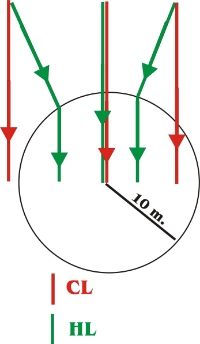- Joined
- Nov 3, 2013
- Messages
- 115
- Reaction score
- 1
I am learning the LED indicators for low battery. I would like to know the difference between the Low Battery Stage 1 Low Battery stage 2 and the GPS below 5 satellites LED indicators.
Common sense would be to have an idea of your flight time but in the case of a new or failing battery I would like to know how to read the LED in case.
I have found that it will blink red once or twice then go back to green and repeat. Is this to be considered the first stage or do I wait for it to start blinking constantly red then land ASAP. Also it really stinks that once you land and motors enter idol the light goes green again like the bird is ready to go.
I have also experienced RED Flashing under full throttle however I read in another post this is due to momentary Voltage Drop which makes sense.
I understand each battery will be different, but how long are we talking on average prior to Stage 2 and the start of altitude drop?
I picked up this phantom and batteries used and do not "know" the batteries yet.
Common sense would be to have an idea of your flight time but in the case of a new or failing battery I would like to know how to read the LED in case.
I have found that it will blink red once or twice then go back to green and repeat. Is this to be considered the first stage or do I wait for it to start blinking constantly red then land ASAP. Also it really stinks that once you land and motors enter idol the light goes green again like the bird is ready to go.
I have also experienced RED Flashing under full throttle however I read in another post this is due to momentary Voltage Drop which makes sense.
I understand each battery will be different, but how long are we talking on average prior to Stage 2 and the start of altitude drop?
I picked up this phantom and batteries used and do not "know" the batteries yet.








